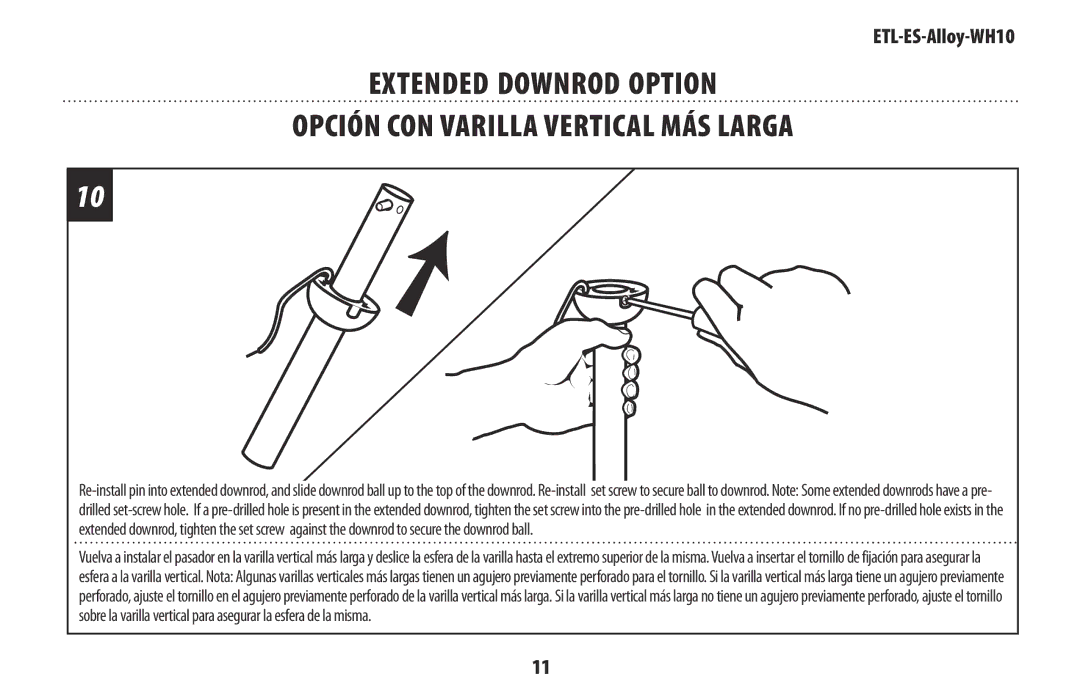ES, ETL specifications
Westinghouse Electric Corporation has long been a name synonymous with innovation and technology in the energy sector. Among its various offerings, the Westinghouse ES and ETL (Energy Solutions and Energy Technology Line) stand out as pivotal elements designed to meet the ever-evolving demands of power generation and distribution.The Westinghouse ES series focuses on enhancing energy efficiency and reliability. These systems are engineered to support both traditional and renewable energy sources, catering to the diverse needs of modern power grids. A significant feature of the ES line is its adaptability, allowing utilities to incorporate advanced analytics and IoT (Internet of Things) technologies. This adaptability ensures that power operators can optimize their energy resources, improve grid resilience, and enhance overall system performance.
On the other hand, the ETL series showcases Westinghouse's commitment to sustainability and enhanced environmental stewardship. The ETL systems are built with cutting-edge materials and technologies, which contribute to lower emissions and higher energy efficiency. One notable aspect of the ETL line is the integration of smart technology that facilitates real-time monitoring and control, ensuring that energy distribution is optimized and that operational costs are minimized.
Both the ES and ETL series utilize advanced automation and controls, allowing for seamless integration into existing infrastructures. These systems employ predictive maintenance capabilities, analyzing data trends to foresee potential issues before they develop into costly failures. This proactive approach not only maximizes uptime but also extends the life cycle of the equipment.
The Westinghouse ES and ETL systems are characterized by user-friendly interfaces, ensuring that operators can efficiently manage operations with ease. Their modular architecture allows for scalability, making it possible for energy providers to expand their capabilities as demands grow.
Furthermore, Westinghouse's commitment to safety is reflected in the design of both series, which adhere to the highest industry standards. Rigorous testing and quality assurance processes ensure that these systems are reliable and perform optimally under various conditions.
In conclusion, the Westinghouse ES and ETL series exemplify resilience, efficiency, and technological advancement in the energy sector. With their innovative features and commitment to sustainability, these systems are positioned to play a crucial role in the future of energy production and distribution. Whether tackling the challenges of a power grid or promoting greener energy solutions, Westinghouse continues to lead the way in energy technology innovation.

